If you've noticed that the water pressure in your bathroom sink has dropped significantly, you're not alone. Low water pressure in bathroom sinks is a common issue that many homeowners face. Not only is it frustrating, but it can also make daily tasks like washing your face or brushing your teeth much more difficult. In this article, we'll discuss the causes of low water pressure in bathroom sinks and provide some solutions to help you fix the problem.Low Water Pressure in Bathroom Sink: Causes and Solutions
Dealing with a bathroom sink that has no water pressure can be a major inconvenience. The first step to fixing this issue is identifying the cause. One of the most common reasons for low water pressure in bathroom sinks is a clogged aerator. The aerator is the small screen located at the end of the faucet. Over time, it can become clogged with mineral deposits and debris, causing the water to flow at a reduced pressure. To fix this, you can clean the aerator or replace it entirely.How to Fix a Bathroom Sink with No Water Pressure
If a clogged aerator is not the culprit, there may be other issues causing low water pressure in your bathroom sink. One possible cause is a faulty shut-off valve. This valve controls the flow of water to the sink and can become stuck or partially closed, resulting in reduced water pressure. Another potential issue is a leak in the pipes. If there is a leak, it can cause a decrease in water pressure as well as wasting water. It's best to call a plumber to inspect and fix any leaks or valve issues.Troubleshooting Low Water Pressure in Bathroom Sink
There are several other reasons why your bathroom sink may not be getting enough water pressure. One possible cause is a low water pressure from the main water supply. If this is the case, you may need to contact your water company to address the issue. Another reason could be a clogged or damaged water supply line. If the pipes that supply water to your sink are old or damaged, it can result in reduced water pressure. In this case, a professional plumber may need to replace the pipes to fix the problem.Why is My Bathroom Sink Not Getting Enough Water Pressure?
If you're looking for a quick fix to increase water pressure in your bathroom sink, there are a few things you can try. First, make sure all shut-off valves leading to the sink are fully open. You can also try adjusting the water pressure regulator, which controls the overall water pressure in your home. If these solutions don't work, it may be time to call a professional plumber to identify and fix the underlying issue.How to Increase Water Pressure in Bathroom Sink
In addition to the causes mentioned above, there are a few other common reasons for low water pressure in bathroom sinks. These include a faulty pressure regulator, a clogged water filter, or a malfunctioning water pump. These issues are best left to a professional plumber to diagnose and fix, as they may require specialized tools and knowledge.Common Reasons for Low Water Pressure in Bathroom Sink
If you're a handy person and want to try fixing the low water pressure in your bathroom sink yourself, there are a few DIY solutions you can try. One option is to clean the faucet aerator, as mentioned earlier. You can also try replacing the showerhead or using a vinegar solution to dissolve any mineral deposits that may be causing the issue. However, if these solutions don't work, it's best to leave the job to a professional to avoid causing further damage.DIY Fixes for a Bathroom Sink with No Water Pressure
Identifying and fixing low water pressure in a bathroom sink can be a frustrating and time-consuming task. That's why it's best to call a professional plumber to diagnose and fix the problem. They have the knowledge, experience, and tools to identify the root cause of the issue and provide a lasting solution.How to Identify and Fix Low Water Pressure in Bathroom Sink
As we mentioned earlier, there are several possible causes for a bathroom sink with no water pressure. Some of the most common include clogged aerators, faulty shut-off valves, and leaks in the pipes. Other potential causes include low water pressure from the main supply, damaged water supply lines, or a malfunctioning pressure regulator. If you're experiencing this issue, it's best to call a professional plumber to properly diagnose and fix the problem.Possible Causes for a Bathroom Sink with No Water Pressure
To prevent low water pressure in your bathroom sink, there are a few things you can do. Regularly cleaning the aerator and showerhead can help prevent mineral deposits from building up. It's also a good idea to have your pipes inspected and maintained by a professional plumber every few years to catch any potential issues early on. And if you do notice a sudden decrease in water pressure, don't hesitate to call a plumber to address the problem before it gets worse.Tips for Restoring Water Pressure in a Bathroom Sink
How to Fix Low Water Pressure in Your Bathroom Sink

Common Causes of Low Water Pressure
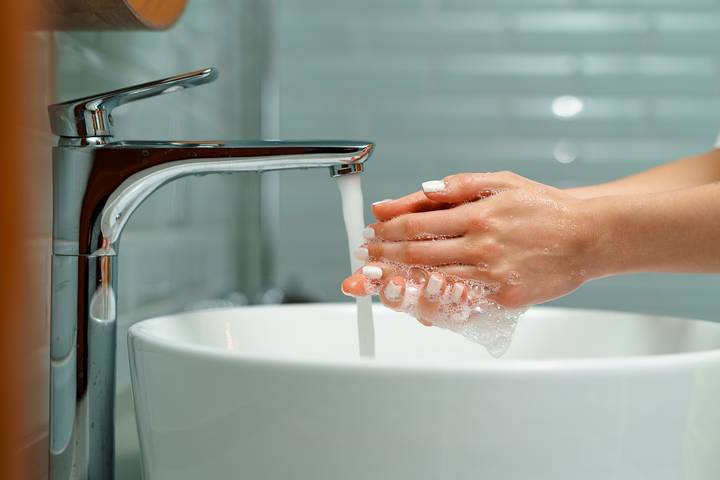 One of the most frustrating things to deal with in a house is low water pressure, especially in the bathroom sink. It can make simple tasks like washing your hands or brushing your teeth take much longer than they should. But before you start panicking and calling a plumber, there are a few common causes of low water pressure that you can check for on your own.
Clogged aerator:
The aerator is the small screen at the end of the faucet. Over time, it can become clogged with mineral deposits or debris, hindering the flow of water. This is a simple fix that can be done by unscrewing the aerator and cleaning it with a mixture of water and vinegar.
Leaking pipes:
Leaks in your plumbing system can cause a decrease in water pressure. Check for any visible leaks under your sink or in the pipes leading to your bathroom sink. If you find a leak, it's best to call a professional plumber to fix it as soon as possible.
Faulty shut-off valve:
The shut-off valve controls the flow of water to your bathroom sink. If it is not fully open or is faulty, it can cause a decrease in water pressure. Check to make sure the valve is fully open and not damaged in any way.
One of the most frustrating things to deal with in a house is low water pressure, especially in the bathroom sink. It can make simple tasks like washing your hands or brushing your teeth take much longer than they should. But before you start panicking and calling a plumber, there are a few common causes of low water pressure that you can check for on your own.
Clogged aerator:
The aerator is the small screen at the end of the faucet. Over time, it can become clogged with mineral deposits or debris, hindering the flow of water. This is a simple fix that can be done by unscrewing the aerator and cleaning it with a mixture of water and vinegar.
Leaking pipes:
Leaks in your plumbing system can cause a decrease in water pressure. Check for any visible leaks under your sink or in the pipes leading to your bathroom sink. If you find a leak, it's best to call a professional plumber to fix it as soon as possible.
Faulty shut-off valve:
The shut-off valve controls the flow of water to your bathroom sink. If it is not fully open or is faulty, it can cause a decrease in water pressure. Check to make sure the valve is fully open and not damaged in any way.
Other Factors to Consider
 If none of the above solutions fix your low water pressure, there may be other factors at play. Here are a few things to consider:
Water pressure regulator:
Your house may have a water pressure regulator, which controls the overall pressure of the water entering your home. If this is not functioning properly, it can cause low water pressure in all of your faucets. You may need to call a professional to adjust or replace the regulator.
Mineral buildup in pipes:
Over time, minerals can build up in your pipes, causing blockages and reducing water flow. This can be a more challenging fix and may require professional help to remove the buildup.
Old plumbing system:
If your house has old plumbing, it may be time to consider replacing it. Over time, pipes can corrode and become clogged, resulting in low water pressure. Upgrading your plumbing system can improve water flow and also prevent future issues.
If none of the above solutions fix your low water pressure, there may be other factors at play. Here are a few things to consider:
Water pressure regulator:
Your house may have a water pressure regulator, which controls the overall pressure of the water entering your home. If this is not functioning properly, it can cause low water pressure in all of your faucets. You may need to call a professional to adjust or replace the regulator.
Mineral buildup in pipes:
Over time, minerals can build up in your pipes, causing blockages and reducing water flow. This can be a more challenging fix and may require professional help to remove the buildup.
Old plumbing system:
If your house has old plumbing, it may be time to consider replacing it. Over time, pipes can corrode and become clogged, resulting in low water pressure. Upgrading your plumbing system can improve water flow and also prevent future issues.
In Conclusion
/close-up-of-overflowing-bathroom-sink-90201417-579787783df78ceb865822d8.jpg) Dealing with low water pressure in your bathroom sink can be frustrating, but it's not always a major problem. By checking for common causes and considering other factors, you can troubleshoot and potentially fix the issue on your own. However, if the problem persists, it's always best to consult a professional plumber for a proper diagnosis and solution. Remember to regularly maintain your plumbing system to prevent any future issues with water pressure.
Dealing with low water pressure in your bathroom sink can be frustrating, but it's not always a major problem. By checking for common causes and considering other factors, you can troubleshoot and potentially fix the issue on your own. However, if the problem persists, it's always best to consult a professional plumber for a proper diagnosis and solution. Remember to regularly maintain your plumbing system to prevent any future issues with water pressure.

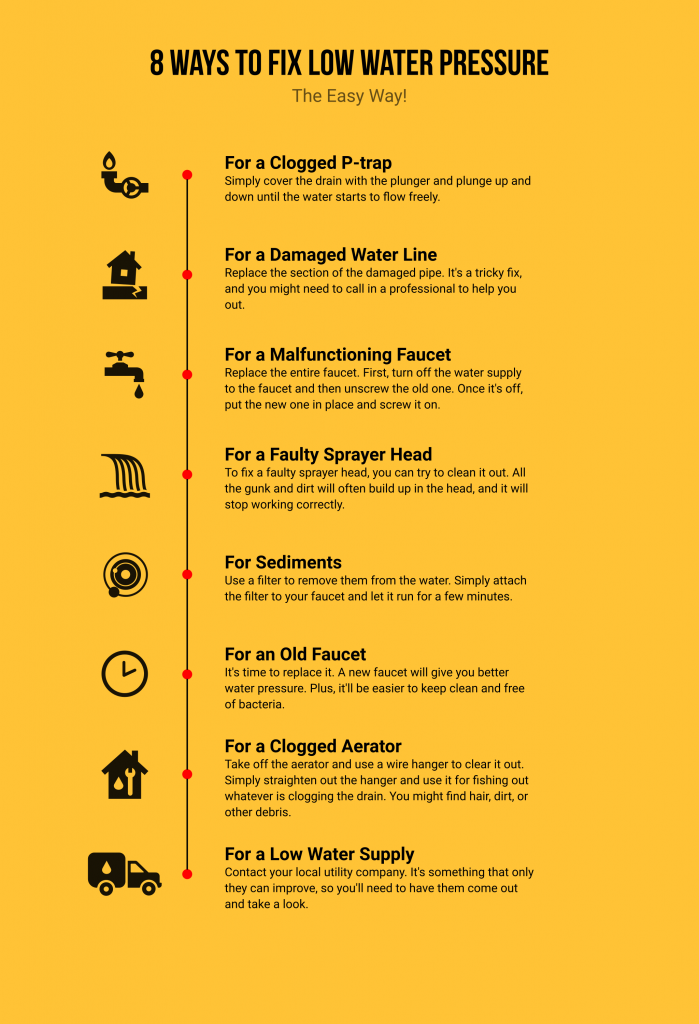












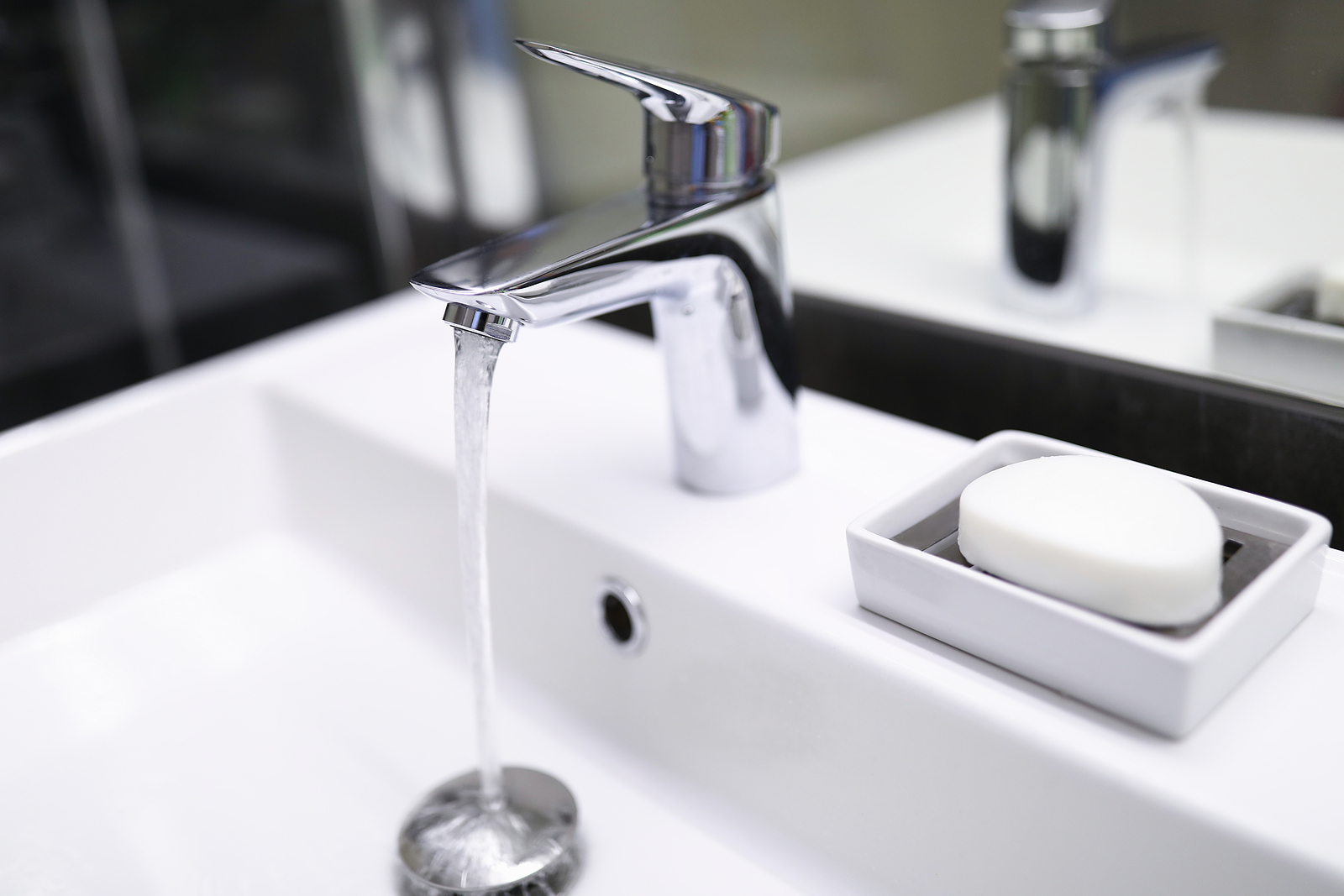






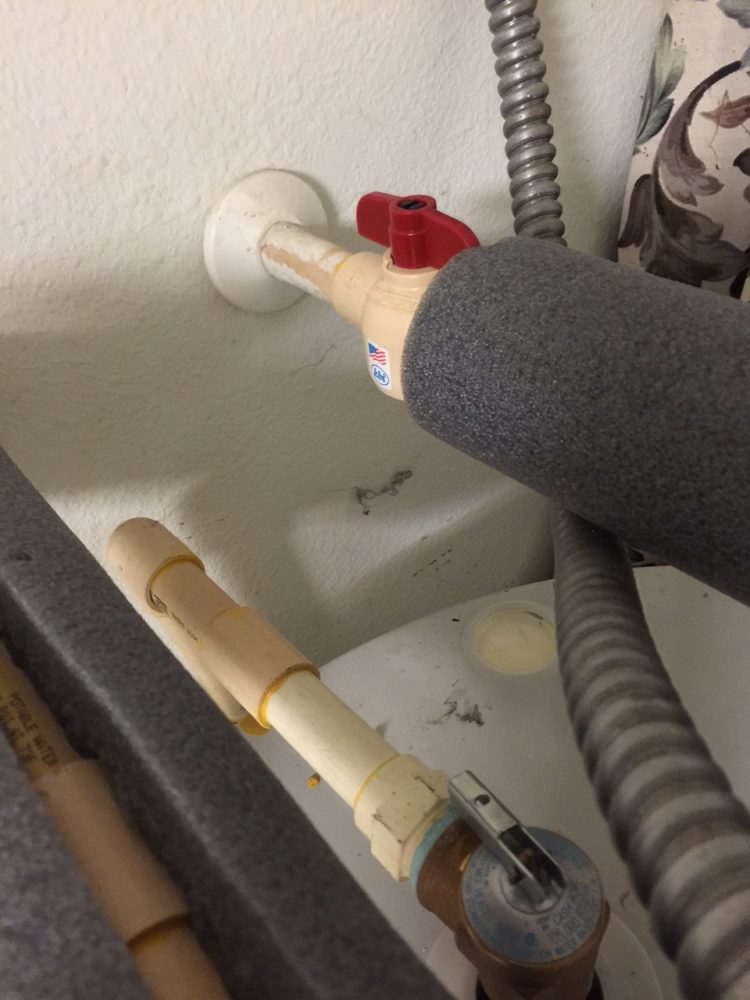


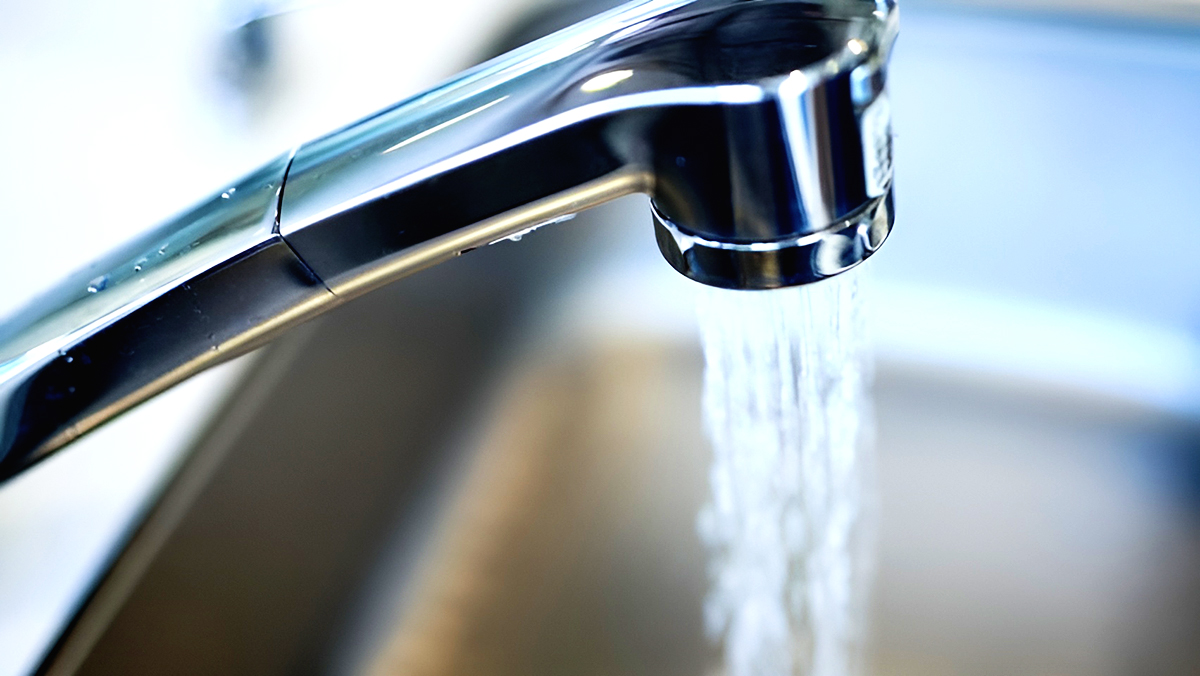

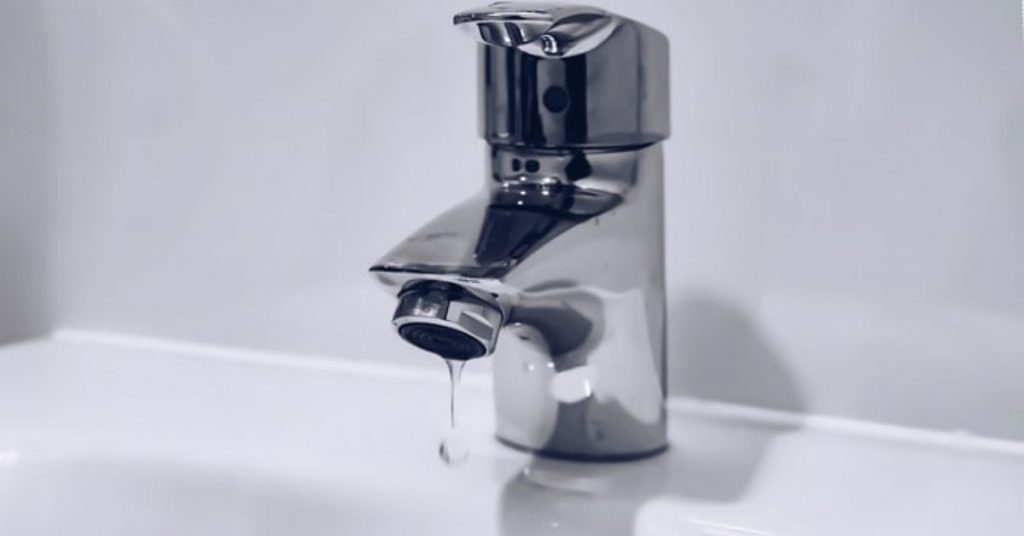
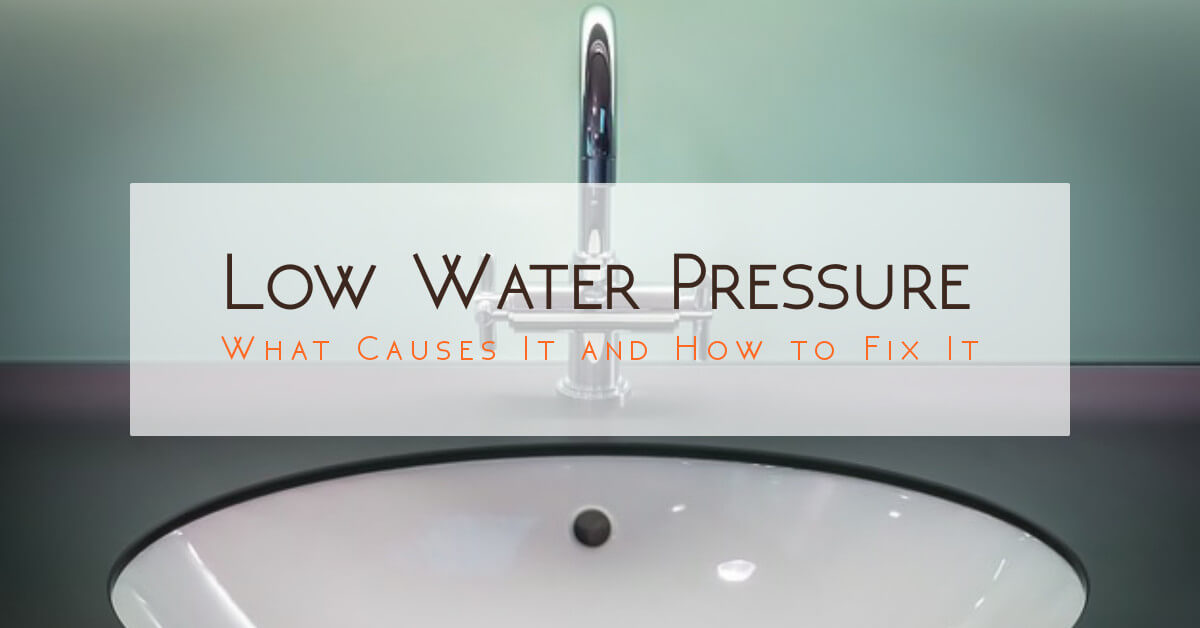




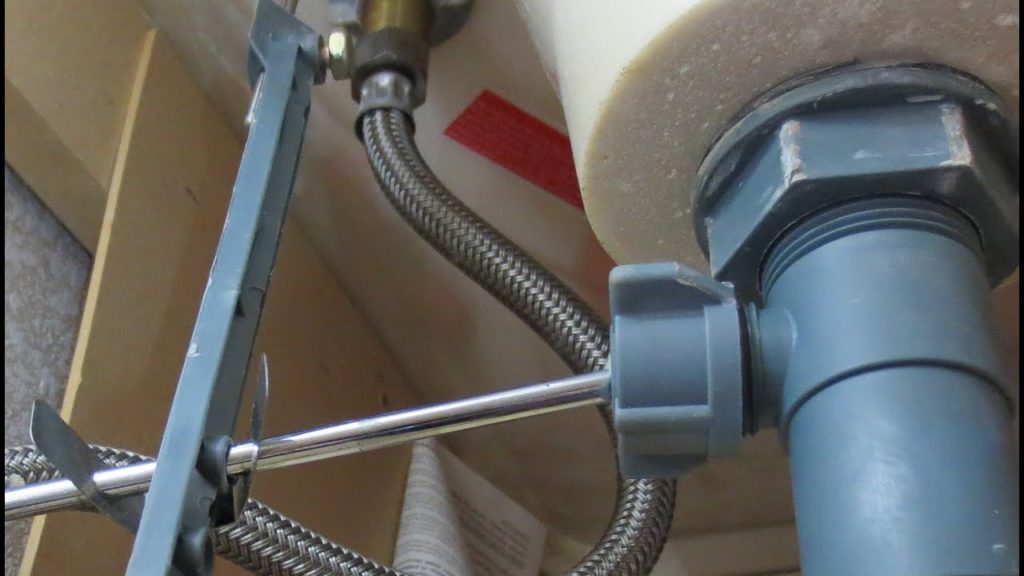
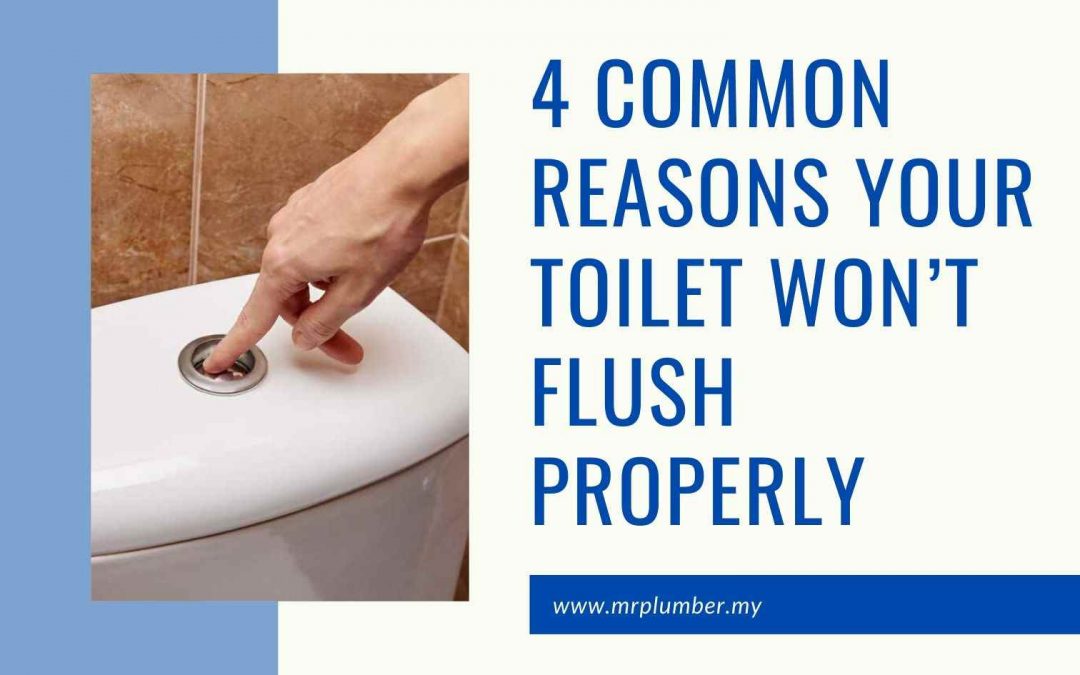





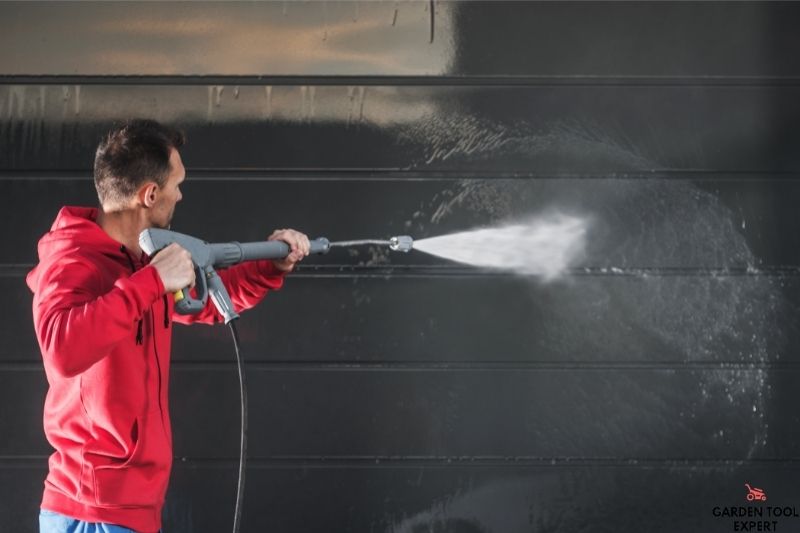
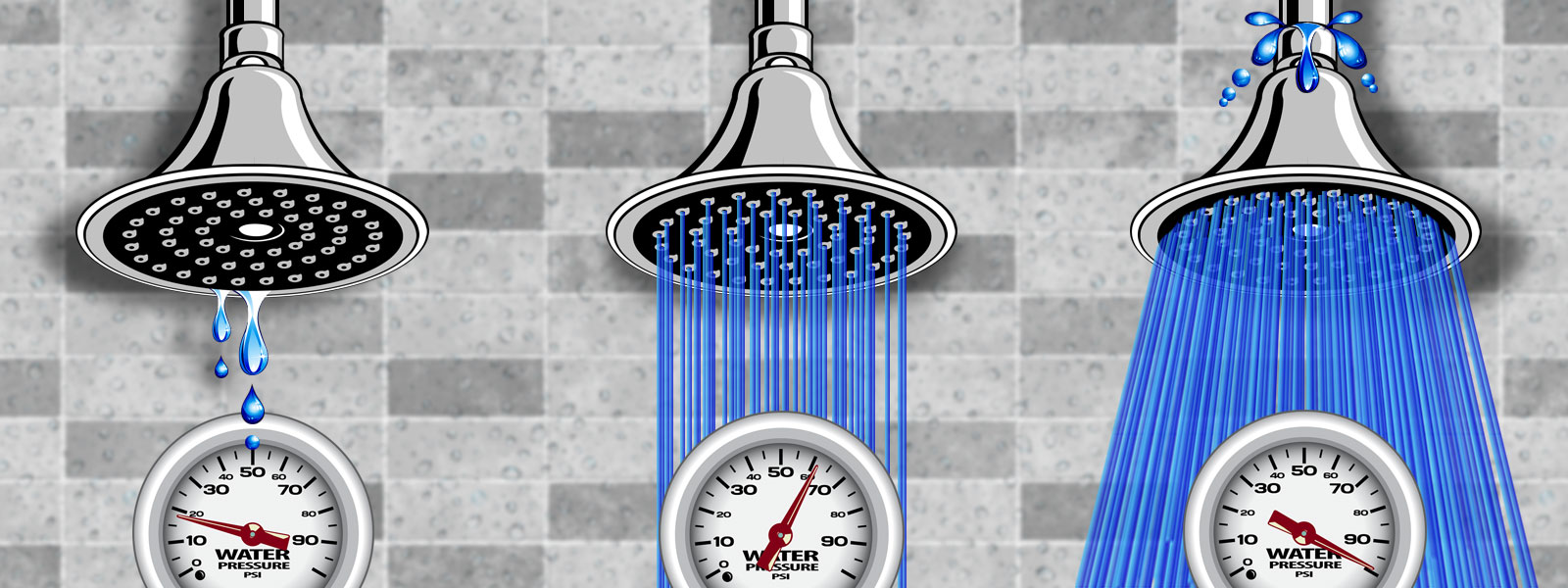


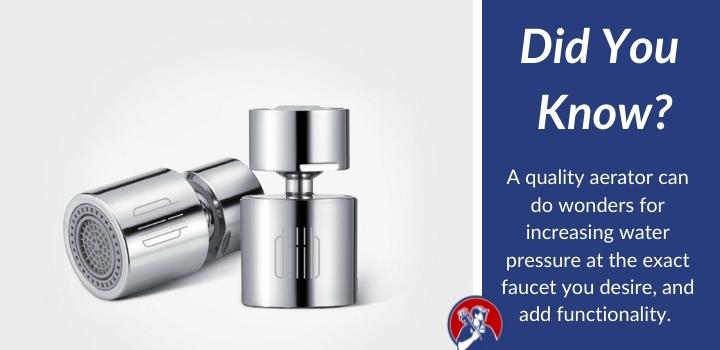
:max_bytes(150000):strip_icc()/increase-low-shower-pressure-4052359_FINAL_01-6ece340f72f74bf9ae59e4192b03c0bc.png)








:max_bytes(150000):strip_icc()/Pure-Salt-Highpoint-Newport-Beach6109-967aa5307a094c93adb0824860dd59a2.jpg)









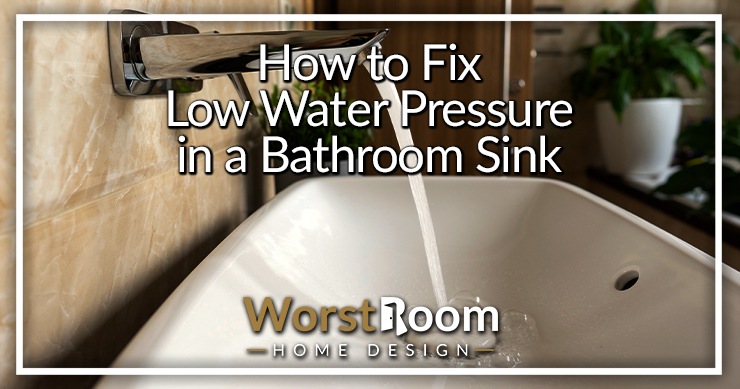






/low-water-pressure-2718732-05-99eb1816e88841c593aeeaaaf330085b.jpg)






